In the depths of a moonlit night, a group of elite soldiers gathered, their purpose clear and their determination unwavering. The mission: to eradicate a formidable terrorist organization and secure the northern region of Iraq. This captivating tale of bravery and strategy unfolded during Operation Iraqi Freedom, specifically on March 21st, 2003, and became known as Operation Viking Hammer. Led by the indomitable Colonel Charlie Cleveland, these Green Berets embarked on a perilous journey that would forever etch their names in the annals of special warfare.
The Challenge of Securing Northern Iraq
The refusal of Turkey to allow the U.S. Army’s 4th Infantry Division to launch from its borders into Iraq presented a formidable challenge to war planners. Leaving northern Iraq unattended posed significant risks for the main U.S. forces advancing toward Baghdad. Thirteen Iraqi divisions occupied the region, including Ansar Al-Islam, a terrorist training camp comprised of Arab veterans and Kurdish recruits. With the 4th Infantry Division unable to fulfill its role, a new strategy was urgently needed.
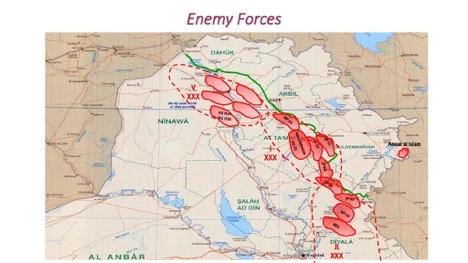
The Peshmerga
Recognizing the unwavering resolve and combat prowess of Kurdish rebels, numbering up to 65,000, to fight alongside coalition forces, Colonel Cleveland devised a plan to harness their strength. The Peshmerga, meaning “those who face death,” represented the Kurdish fighters who had known a lifetime of oppression and conflict. The mission at hand was to mold these rebels into a cohesive army, eliminating the threat of Ansar Al-Islam and disrupting the movement of Iraqi divisions.
Task Force Viking
At Task Force Viking’s helm, Colonel Cleveland spearheaded this audacious operation. He divided the northern region into two sectors, placing Lieutenant Colonel Bob Waltemeyer and Lieutenant Colonel Ken Tovo in charge of each sector, respectively. Lieutenant Colonel Tovo’s sector held the presence of Ansar Al-Islam, making it the primary target for the Green Berets.
Combined Joint Special Operations Task Force-North (CJSOTF-North), or ‘Task Force Viking‘ was made up of:
- a Headquarters element
- 2nd and 3rd Battalions, 10th Special Forces Group
- 3rd Battalion, 3rd Special Forces Group
- 123rd Special Tactics Squadron
- 404th Civil Affairs Battalion of the 96th Civil Affairs Brigade
Task Force Viking were supported by infantry units from the 173rd Airborne Brigade and the 10th Mountain Division and Marines from the 26th Marine Expeditionary Unit (26th MEU).
TF Viking was organized into three groups, with a Special Forces battalion assigned to each:
- 2nd Battalion, 10th SFG was assigned to a Special Operations Area (SOA) corresponding to territory belonging to the KDP, a Kurdish political group
- 3rd Battalion, 10th SFG was assigned to an SOA corresponding to the area of influence of another Kurdish political party, the PUK
- 3rd Battalion, 3rd SFG battalion carried out general special operations
Coordination Challenge
With a primitive yet formidable Kurdish force assembled, effective communication became paramount. The operation’s success hinged on maintaining coordination and preventing friendly fire incidents. Given the language barrier and limitations of the Kurdish forces, the Green Berets relied on their mastery of radio communication to orchestrate the advances, ultimately leading to the liberation of the mountains from the clutches of Ansar Al-Islam.
Triumph of Viking Hammer
Ansar al-Islam fighters, positioned on mountaintops providing a strategic advantage but also making them susceptible to airstrikes, faced a series of cruise missile strikes on March 21. Following the strikes, the ground attack was postponed until March 28 due to the need for additional American forces.
Operation Viking Hammer commenced on March 28th, with a strategic plan involving five Operational Detachment Alpha (ODA) teams, each accompanied by a Peshmerga unit consisting of 1,000 fighters, attacking along separate routes referred to as “prongs,” with an additional reserve force of 4,000 Peshmerga. Before the battle, the Islamic Group of Kurdistan surrendered, having suffered casualties from the earlier strikes.
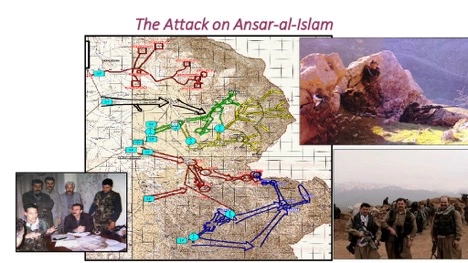
On the morning of the 28th, the attack from the south encountered heavy resistance, but airstrikes were called in, leading to the routing of the defenders. The town of Gulp was captured ahead of schedule, and most Ansar fighters retreated to Sargat for their final stand. The Kurds and Americans faced a three-hour standoff with mortar and machine gunfire, using sniper rifles and artillery support to drive out the Ansar al-Islam forces. Pursuing the retreating fighters, more airstrikes were called in before darkness halted the day’s fighting. Throughout the first day of battle, the PUK columns, supported by their ODAs, successfully overcame the defenses of Ansar al-Islam, pushing the enemy close to the Iranian border.
Throughout the night, AC-130 gunships maintained pressure on the retreating Ansar al-Islam terrorists heading toward the Iranian border. The following day, the Americans and Kurds continued the pursuit, with some fighters attempting to cross the border and being captured by the Iranians. In contrast, Iran allegedly harbored others, according to Kurdish sources.
During the advance, the Yellow and Green prongs reached and secured the suspected chemical weapons facility in Sargat. The Red and Blue prongs captured a compound near the village of Darga Chakan, known for housing foreign fighters and advisors, including the notorious Jordanian Zarqawi, who later formed AQI (Al-Qaeda in Iraq). The ODA accompanying the Black prong faced a near-overrun situation during a counterattack, engaging in intense close-quarter combat with a potential suicide bomber. The northernmost prong, added the day before without an assigned color, was also at risk until the ODA called in a close airstrike to halt the enemy’s advance.
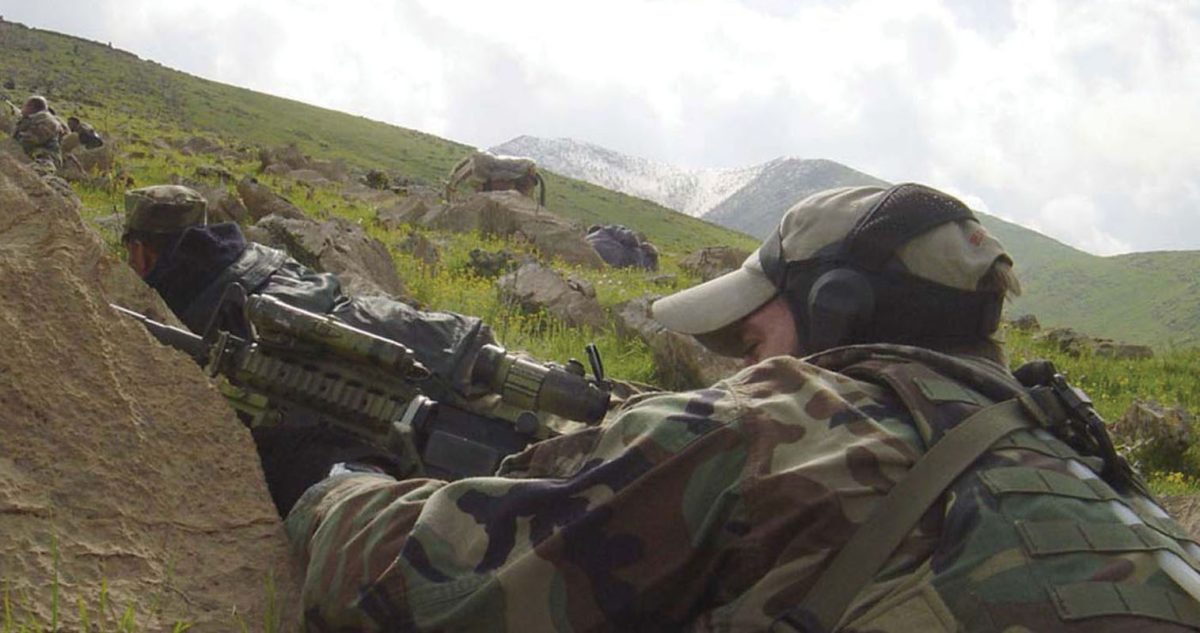
The remaining part of the day involved eliminating pockets of resistance and consolidating control over the captured territory. Sensitive site exploitation at Sargat unveiled positive tests for hydrogen cyanide, numerous forged passports, and written documents outlining the production process of the VX nerve agent.
The PUK forces suffered around 40 fatalities and two to three times as many injuries, while the enemy experienced 150-200 casualties. The following day, an overwhelming force of 9,000 armed Peshmerga, equipped with captured weapons and ammunition, advanced westward toward the Green Line, demonstrating their determination to confront Iraqi forces and reach Kirkuk. The PUK allocated 1,000 Peshmerga to secure the Halabja and Sargat regions. Over the subsequent two weeks, isolated pockets of Ansar al-Islam fighters either surrendered or were captured by coalition forces.
Aftermath and Legacy
Operation Viking Hammer stands as a testament to the prowess and resourcefulness of the Green Berets. In the face of seemingly insurmountable odds, they successfully eliminated a significant terrorist base, safeguarded the northern region of Iraq, and revealed the interconnectedness of terrorist organizations. For the Green Berets who partook in this historic mission, the memory of their triumph continues to evoke deep pride. Operation Viking Hammer will forever be regarded as one of the most professionally satisfying achievements in the annals of special warfare.
According to a 2004 U.S. News & World Report article titled “A firefight in the mountains,” the author describes Operation Viking Hammer as a notable event in Special Forces history, involving a ground battle against a well-entrenched enemy in mountainous terrain with limited artillery and air support. Seven U.S. Army Special Forces soldiers were honored with the Silver Star for their actions in the Sargat area, while 52 soldiers received Bronze Stars with valor. Additionally, four members of the CIA SAD team were awarded the rare Intelligence Star by the CIA for their exceptional bravery in combat.
Conclusion
Operation Viking Hammer is a shining example of the remarkable feats that can be achieved through meticulous planning, unwavering determination, and the indomitable spirit of brave soldiers. This operation showcased the Green Berets’ exceptional capabilities and highlighted the invaluable partnership forged with the Kurdish rebels, the Peshmerga.
The success of Operation Viking Hammer extended beyond the eradication of Ansar Al-Islam. It paved the way for subsequent operations and securing vital regions in Iraq. Task Force Viking’s efforts, coupled with the arrival of the 173rd Airborne, ensured the liberation of major cities like Kirkuk and Mosul and the safeguarding of key oil fields.
In the wake of the fall of Baghdad, Operation Viking Hammer may have faded from public memory. Still, its significance and impact on the overall mission in Iraq cannot be understated. The relentless dedication, adaptability, and bravery displayed by the Green Berets resonated far beyond the confines of the operation itself. Their actions served as a beacon of hope and inspiration for U.S. forces and their allies, reminding them of the power of strategic planning and effective execution.
The legacy of Operation Viking Hammer endures in the hearts and minds of those who participated in this remarkable feat. For Colonel Charlie Cleveland, Lieutenant Colonel Bob Waltemeyer, Lieutenant Colonel Ken Tovo, and the countless Green Berets involved, this operation marked a defining moment in their military careers. It exemplified the true essence of the U.S. Special Forces: the ability to accomplish the impossible, forge alliances in the face of adversity, and emerge victorious against all odds.
Beyond its military significance, Operation Viking Hammer is a testament to the strength of international collaboration in pursuing a common goal. The cooperation between U.S. forces and Kurdish rebels demonstrated the power of unity and the potential for success when diverse groups come together with a shared purpose.
In conclusion, Operation Viking Hammer is a remarkable chapter in special warfare history. It represents the triumph of courage, strategy, and the human spirit. The Green Berets and their Kurdish allies achieved the seemingly impossible, proving that victory can be attained despite daunting challenges. The legacy of Operation Viking Hammer continues to inspire and remind us of the extraordinary capabilities and dedication of those who serve to protect freedom and uphold justice.
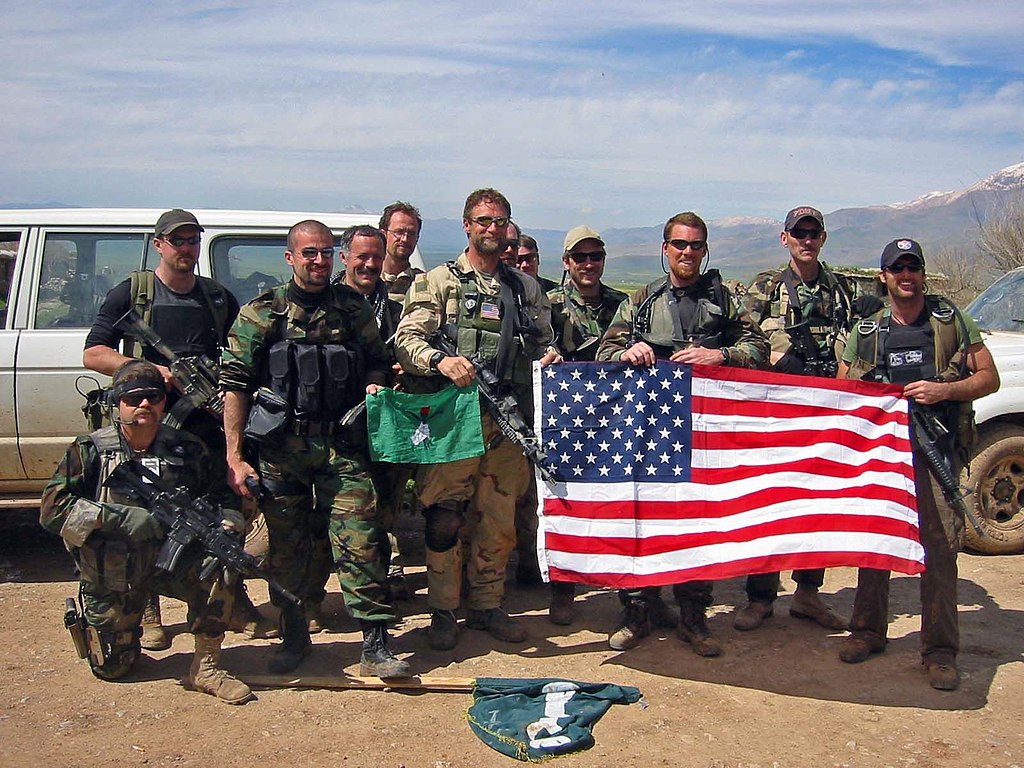
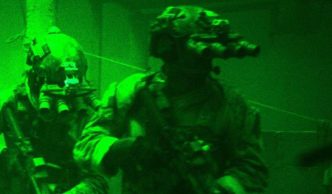
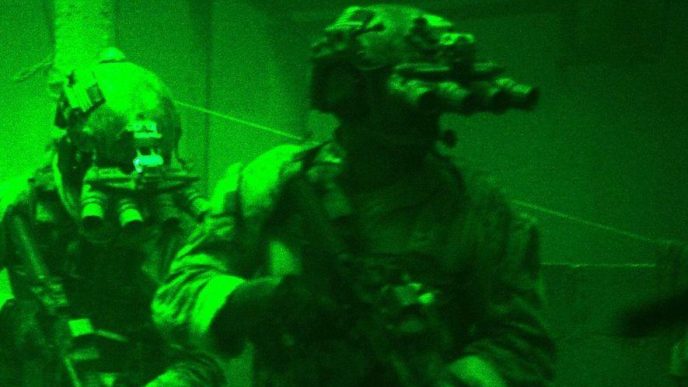
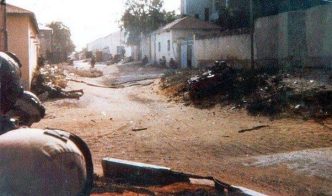
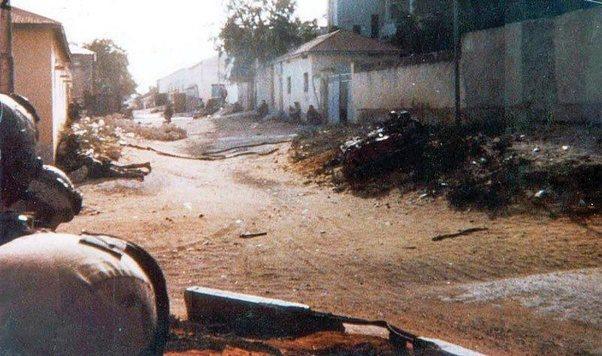
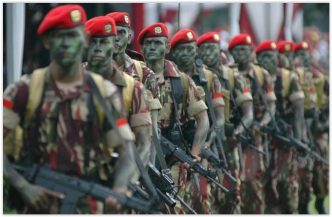
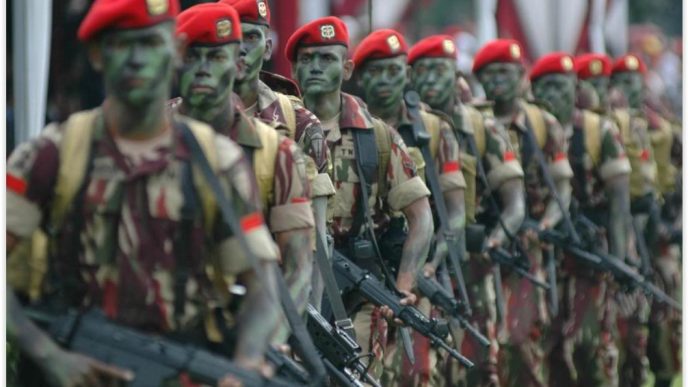
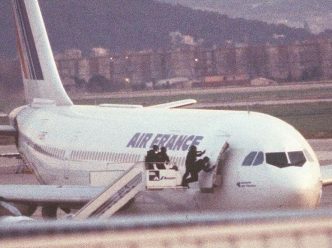
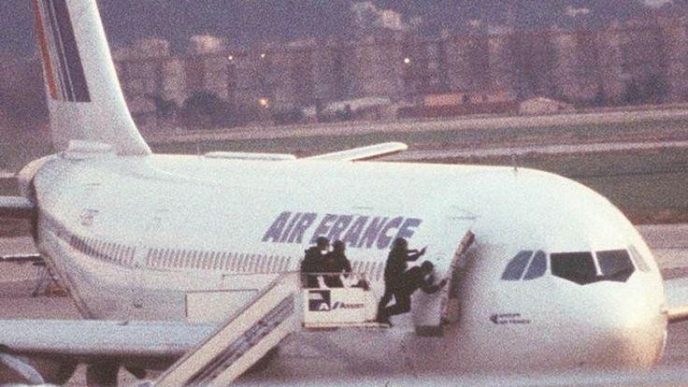
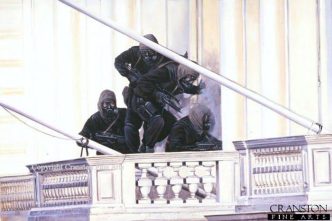
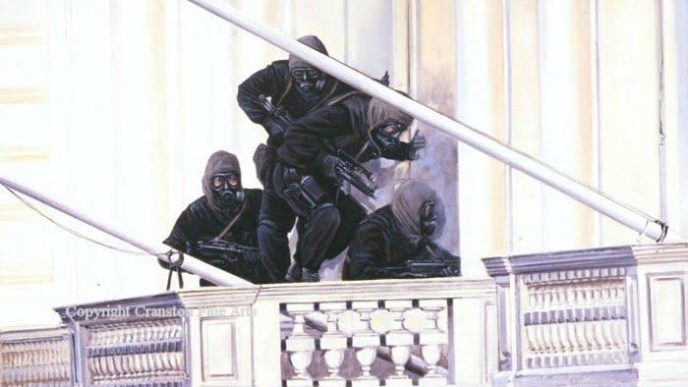
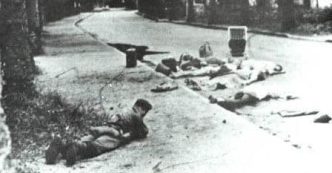

When it is the right time, SF & SO, should have their battles publicly acknowledged (without compromising their secrets), and their victories publicly recorded.